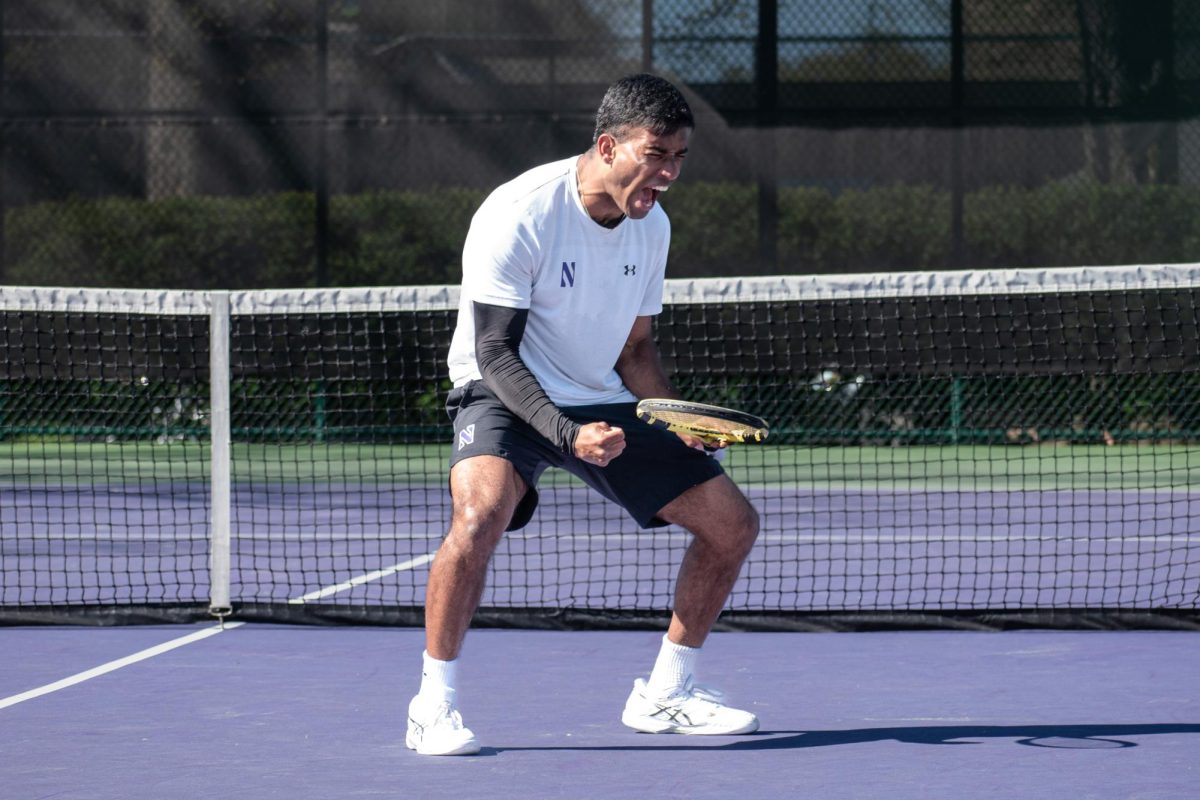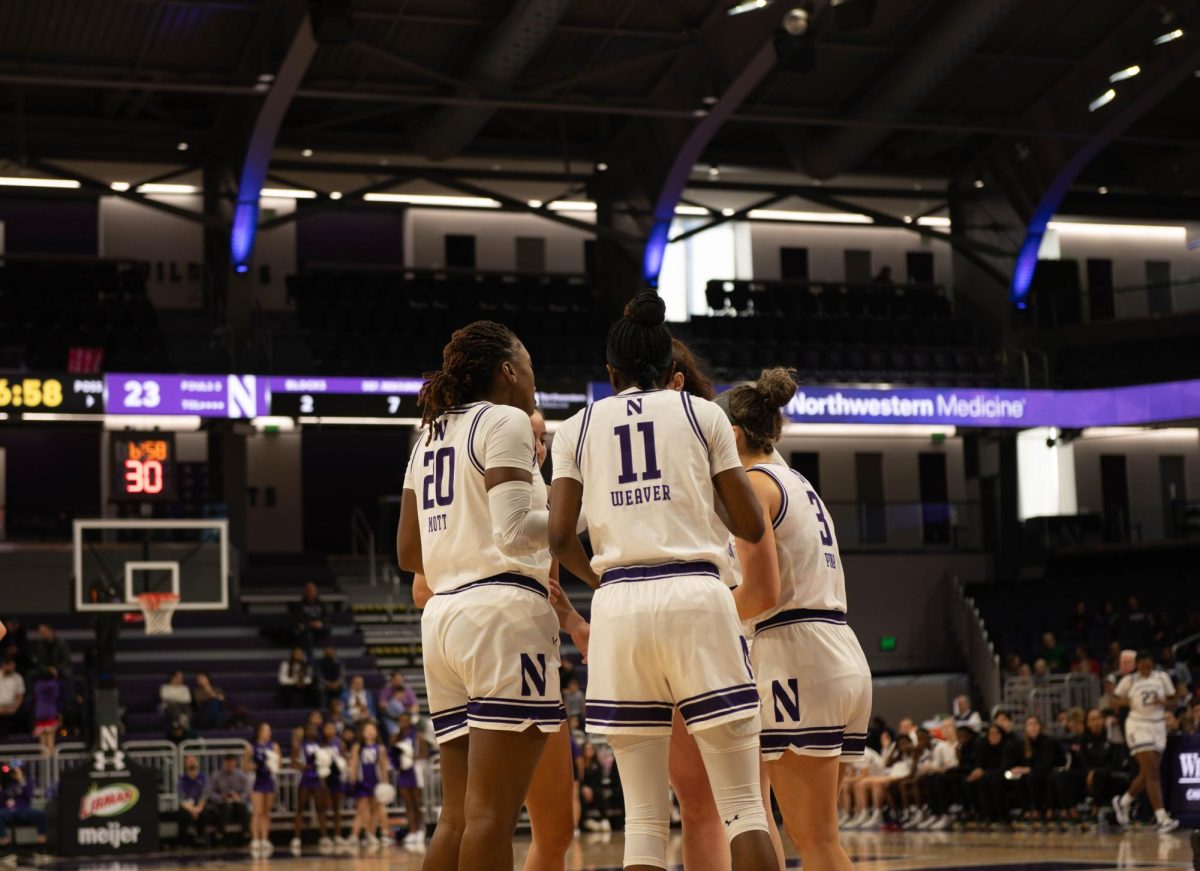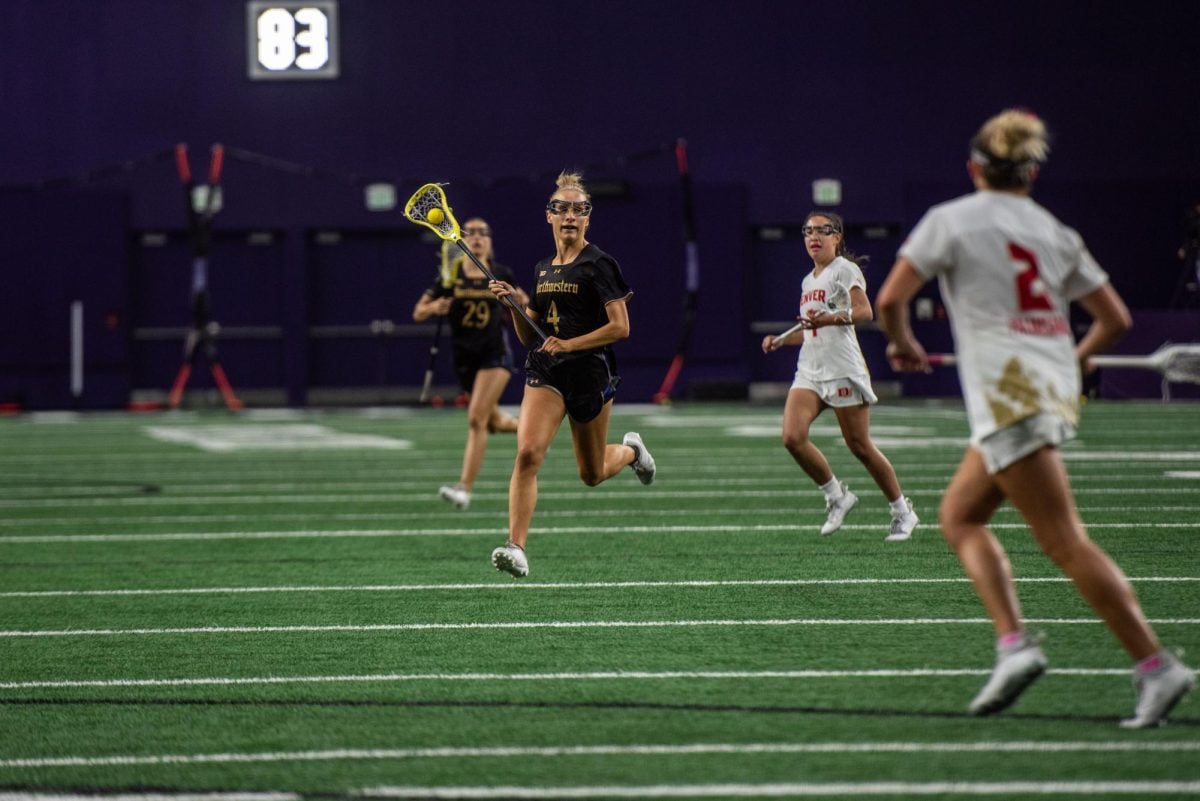The Arkansas Razorbacks had a problem three years ago – a good kind of problem. With future first-round picks Darren McFadden and Felix Jones at running back, they had so much talent in the backfield it was difficult to get both players enough touches to be productive.
On top of that, the team’s quarterback play was mediocre. Casey Dick and Mitch Mustain struggled to complete half of their passes and threw about as many interceptions as touchdowns.
So offensive coordinator Gus Malzahn and quarterbacks coach David Lee radically returned to football’s roots. For a few plays each game, McFadden lined up in the shotgun formation, taking direct snaps from the center. That enabled him and Jones to be on the field at the same time, with a chance to catch the defense off guard and showcase their explosiveness.
Northwestern defensive coordinator Mike Hankwitz saw firsthand what became commonly known as the “Wildcat” formation when he presided over Wisconsin’s defense. The Razorbacks won 10 straight games during one stretch that season, but they lost 17-14 to Hankwitz’s Badgers on New Year’s Day.
“In 2006, we played Arkansas in the Capital One Bowl,” he said. “They were running the Wildcat with McFadden, and Jones was coming in motion. … They were the ones, to my knowledge, that started making it really effective and popular.”
Now it seems like most teams at every level have implemented some version of the Wildcat offense, or the “WildHog” as it was called at Arkansas. Based on the results so far, it won’t be going anywhere for a while.
THE WILDCAT’S ROOTS
In essence, the Wildcat is a modern variation of the single-wing, the favored system of the sport’s early days. The run-heavy attack usually featured a tailback receiving the snap, with seven players on the line and three in the backfield.
Then the Wing-T, a scheme in which the quarterback took the snap under center, became the offense of choice across the country in the late 1940s. The single-wing became much less prominent after that, particularly at the professional level. By the beginning of the 1950s, every NFL team made the switch.
More than half a century later, the fundamentals of the single-wing are making a comeback.
“Everything in football is kind of a pendulum on a clock, and it swings back and forth,” NU offensive coordinator Mick McCall said. “We’re swinging back to the single-wing stuff, that’s where this (Wildcat formation) comes from.”
Like the single-wing, the most basic Wildcat package has a tailback in the shotgun. Another running back is at his side, two receivers are split out to the right and a wingback is flanked to the left of the unbalanced line.
The Wildcat isn’t a carbon copy of the single-wing, though. The spread offense’s growth makes the updated version potentially more dangerous.
“You spread them across the field, and now there’s more space involved,” McCall said. “That’s one thing that’s helped it evolve. People are getting in space, not just clumping up everybody like they used to do in the single-wing.”
Arkansas might have brought the Wildcat to the national stage, but it wasn’t the first college squad to run a variation of it. At Kansas State in the late 1990s, coach Bill Snyder tried to get the most out of quarterback Michael Bishop’s dual-threat talents by running a similar play.
The formation made its way to the NFL last year, when Miami shocked New England on the road by generating four touchdowns in six plays with running back Ronnie Brown directing the attack. By that time, Lee had moved on from Arkansas to become Miami’s quarterbacks coach.
“Teams want to be able to utilize all of their weapons, and the Wildcat takes advantage of the running game,” senior defensive end Corey Wootton said.
Once one team started piling up yardage with the Wildcat, it was only a matter of time before everyone else incorporated the formation into their playbooks.
“Coaches, we all steal things from one another,” McCall said. “As people have success with things, more people do it.”
Teams are developing multiple options to run out of the scheme. The wingback can come into the backfield for an end-around. The tailback can fake a handoff and run a counter, give it to the running back next to him or take it up the middle or off-tackle himself.Players are in motion more frequently in the Wildcat than they were in the single-wing, which adds another element of confusion for the defense. The different look can be a distracting change of pace.
“The Wildcat is all about knowing your job individually,” sophomore cornerback Jordan Mabin said. “You can easily get tricked or your eyes can get in the wrong place, and the next thing you know they’re running down the field.”
In addition to the five or six base ground plays, the tailback can throw the ball, too. McFadden, who played some quarterback in high school, excelled at this – in his last two years with the Razorbacks, he went 13-for-20 through the air with seven touchdowns and nearly 10 yards per attempt.
Lining up a true quarterback in the slot creates extra complications.
“If you have a quarterback in the formation, you can motion him in or run a reverse to him, and then he’s throwing the ball,” Hankwitz said. “If you had a great running back that had a pretty good ability to throw, that’d make it even worse.”
DEFENDING THE “NUISANCE”
Other than the Dolphins, teams with a Wildcat formation run no more than a handful of plays out of it in a game. But the defense needs to spend a disproportionate amount of time preparing to contain it.
“It’s a major nuisance,” Hankwitz said. “It’s so different than the rest of their offense, you don’t necessarily have the carry-over from all the other stuff you’ve been practicing.”They run it like five or six times a game maybe, but you can’t just spend five or six reps at practice doing it. It’s a real quandary, because you’ve got to have something relatively simple against it that you can practice and learn how to execute it and not take away from all your practice time.”
The more repetitions allotted to the Wildcat, the fewer the defense can devote to stopping the opponent’s core offense.
A team might also shift into the formation during the play, moving the quarterback out wide and giving the defense less time to adjust. As a result, the personnel on the field aren’t always ideal for defending the Wildcat.
“We try to be in the best run defense we can be in, have people in the best position to support the run so we can get people in the right gaps,” Hankwitz said. “Usually, you’re in your base defense because it’s hard to substitute to it every time.”
Last week, Indiana subjected NU to as much of the Wildcat as it has faced all season. Hankwitz called it an “Imposter” scheme because, with nine players on the line of scrimmage, it wasn’t a true Wildcat. But the purpose was the same – the Hoosiers switched starting quarterback Ben Chappell with the mobile Mitchell Evans to add another dimension to the offense.
NU kept Indiana from breaking any long gains out of the formation and came up with a game-changing stop on fourth-and-goal at the 1-yard line. The unlikelihood of the pass generally made Indiana’s Wildcat easier to defend.
“You know it’s going to be run most of the time,” junior middle linebacker Nate Williams said. “Every now and then you get surprised. You just have to have great run fits and read your keys, and after that have your secondary play deep-to-short and you should be safe.”Still, if one gap doesn’t get plugged and the crease gets too big, a good running back can find the end zone without the defense getting so much as a hand on him.
MERELY A GIMMICK?
A central debate with the Wildcat formation is its viability as a featured offensive system. It has proven to be a force to be reckoned with in spurts, but it might never be more than a diversion.
The scheme’s ceiling will m
ost likely be determined by how extensively Miami continues to utilize it.
“It’s always going to be gadgetry,” coach Pat Fitzgerald said. “Maybe somebody will take it and make a decision to major with it. … When you watch what the Dolphins do, they’ve got some pretty good players doing it. I mean, they’ve got some dudes running the ball. They execute pretty well. That fits the Dolphins’ personnel well, so I could see them taking off with it.”
The Dolphins drafted Pat White, a quarterback out of West Virginia, in the second round of the 2009 draft. The Wildcat has yet to be run with a true quarterback, and a reliable passing threat could take the offense to new heights.
Even if the Wildcat ceases to exist as a separate system, its principles figure to survive with the spread. Though NU has a limited Wildcat formation, it runs enough option with quarterback Mike Kafka that the same effect is achieved.
“We’re in Wildcat all the time, anyway, because our quarterback’s in gun and he can run,” McCall said.
Assuming McCall’s pendulum theory holds true, it’s only a matter of time before defenses catch up with the Wildcat, curbing its effectiveness. Until then, enjoy the occasional blast from the past on Saturday and Sunday afternoons.







